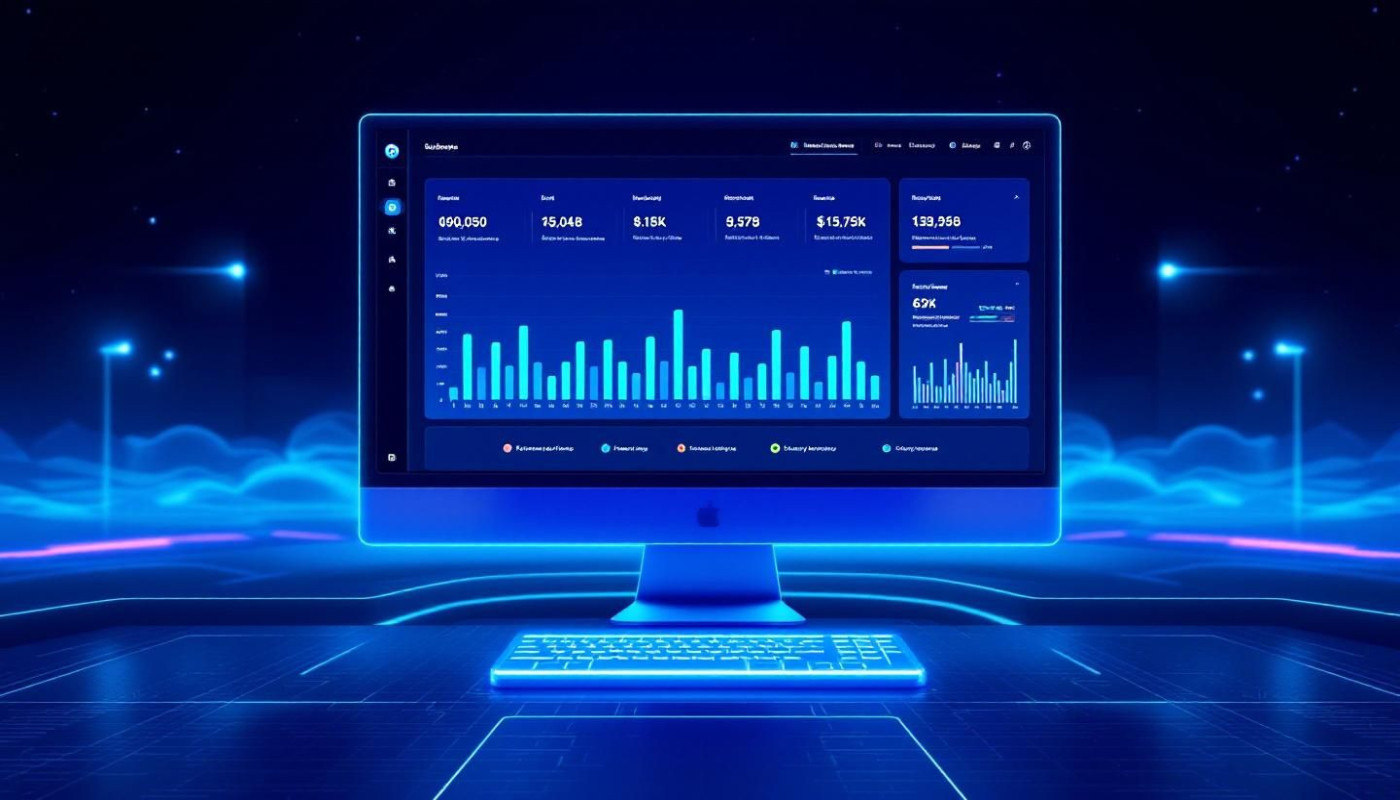Table of contents
The rapidly evolving landscape of urban development is being reshaped by the continuous advancements in artificial intelligence, unlocking new dimensions in design and planning. AI-driven tools such as generative design and spatial analytics are not just enhancing the efficiency of urban projects but are transforming the way cities are conceptualized, designed, and managed. Discover how these technologies are revolutionizing the urban environment, leading to smarter, more sustainable, and adaptive urban spaces that cater to the complex needs of the future.
Revolutionizing Cityscapes with Generative Design
Generative design stands at the forefront of innovation in urban development, fundamentally reshaping the approach to planning our cities. This advanced technique employs AI algorithms to rapidly create a multitude of design solutions that adhere to predefined constraints and goals. The use of generative design in urban planning is a transformative method that goes beyond traditional design by considering a wider array of variables and potential outcomes. It enables architects and urban planners to optimize space, improve efficiency, and enhance the aesthetics of cityscapes, all while addressing the unique challenges and requirements of each project.
The integration of generative design into the urban planning process brings forth numerous benefits. For instance, it facilitates the creation of sustainable cities through the optimization of energy consumption, waste reduction, and the use of eco-friendly materials. By harnessing the computational power of AI algorithms, urban developers can sift through countless design solutions to find the most sustainable and practical options. Moreover, generative design often incorporates parametric modeling, an approach that allows for the manipulation of design parameters to achieve the desired outcomes, thereby providing a dynamic and flexible design process.
The potential impact of generative design on future cityscapes is profound. Not only does it promise more sustainable and efficient urban environments, but it also paves the way for more innovative and adaptive spaces that can evolve with societal needs. As urban populations continue to grow, the need for smarter, more responsive city planning becomes paramount. The integration of generative design into urban development signifies a leap towards meeting this need, ensuring that the cities of tomorrow are not just habitable, but thriving ecosystems conducive to better living conditions for all residents.
The Role of Spatial Analytics in Urban Planning
Spatial analytics is revolutionizing urban development by leveraging the power of artificial intelligence to interpret and visualize vast amounts of data concerning urban landscapes. This technological advancement serves as an important source of geospatial intelligence, enabling city planners and developers to make data-driven decisions that are more nuanced and effective. By analyzing patterns and relationships within urban environments, spatial analytics facilitates improved infrastructure planning and the efficient allocation of resources and services.
The advantages of employing spatial analytics in urban planning are manifold. Through advanced data visualization techniques, urban planners can foresee potential impacts of development projects, optimize land use, and enhance the sustainability of cities. The integration of spatial analytics allows for the interpretation of complex urban data in a more accessible way, aiding planners in identifying trends, forecasting growth, and making informed decisions that cater to the needs of a growing urban population.
Enhancing Sustainability and Resilience in Urban Design
The incorporation of AI into urban development heralds a new era for sustainable urban design and resilience planning. As our planet grapples with the escalating impacts of climate change and the pressures of population growth, urban planners are turning to AI's predictive capabilities for solutions. AI excels in analyzing complex data to inform decisions that minimize environmental impact and enhance the longevity of urban environments. A key application is carbon footprint analysis, which quantifies the emissions associated with urban projects, facilitating choices that mitigate harm to our ecosystem.
AI-driven tools assess numerous variables, from energy consumption patterns to transportation efficiency, enabling the design of infrastructure that conserves resources and reduces waste. In the realm of resilience planning, AI models simulate potential disaster scenarios, such as floods or heatwaves, equipping cities with strategies that adapt to and withstand these events. This forward-thinking approach ensures that urban centers not only persist over time but evolve in harmony with the environment, prioritizing the well-being of residents and the natural world alike.
Optimizing Urban Mobility with AI
AI technologies are revolutionizing the way cities manage urban mobility, leading to smarter, more efficient transportation networks. By integrating AI into intelligent transportation systems (ITS), cities are able to analyze vast amounts of data to enhance traffic flow and streamline public transportation. This integration allows for real-time traffic management, predictive analytics for demand forecasting, and even the optimization of traffic light sequences to reduce congestion. Moreover, AI-powered solutions are being deployed to design routes that minimize travel time and fuel consumption, contributing to a greener urban environment. The ripple effects of these advancements are profound, leading to increased economic productivity and improved quality of life for residents. Transportation systems that leverage AI not only accelerate the movement of people and goods but also pave the way for innovative urban planning and the potential for autonomous vehicles integration in the near future.
Public Participation and AI in Urban Development
Urban design is entering an era where "public participation" is not just a box to be ticked, but a dynamic input driving the creation of spaces that truly reflect "community needs". AI engagement tools are at the forefront of this evolution, transforming how feedback is collected and utilized in "development projects". With the integration of AI, urban planners can now analyze extensive datasets of public opinion to inform decision-making processes. This confluence of technology and civic responsibility enhances the relevance and effectiveness of urban planning. Such technology harnesses "civic analytics", a field that interprets complex layers of urban data, including citizen feedback, to guide the design of more adaptable and responsive urban environments. The potential of AI to aggregate and synthesize community input is redefining the way urban spaces are envisioned, ensuring that development aligns with the nuanced demands of its inhabitants.
Similar articles










